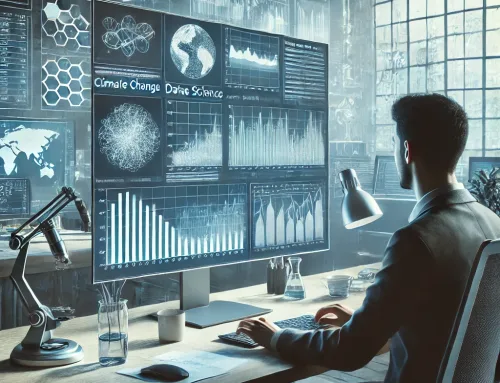
Arts and Humanities:
Digital Renaissance – Technology is Transforming Art.
We are witnessing a revolution around arts and humanities. A renaissance driven by digital technology. As COVID-19 pandemic accelerated shift to online platforms, artists, curators, and scholars had to rethink how they engage with audiences. Virtual museums, digital art installations, and live-streamed performances are now common, breaking down geographical barriers and democratizing access to the arts.
One of the most exciting developments is the rise of NFTs (non-fungible tokens), which have revolutionized how digital art is bought, sold, and owned. Artists can now monetize their digital creations in ways that were previously unimaginable, with some NFT artworks selling for millions of dollars. This digital transformation is not only creating new revenue streams for artists but also sparking debates about the nature of art and ownership in the digital age.
Beyond NFTs, technology is enhancing how we study and preserve the arts. Digital tools allow art historians to analyze paintings with unprecedented detail, uncovering hidden layers and insights into the creative process. Virtual reality (VR) and augmented reality (AR) are also offering immersive experiences, allowing audiences to engage with artworks in new and interactive ways.
As technology continues to evolve, so too will the arts. For those in the field, embracing digital tools and platforms is no longer optional but necessary to remain relevant in a rapidly changing world. The fusion of technology and art promises to bring about a new age of creativity, one that will continue to push boundaries and redefine what it means to be an artist.




